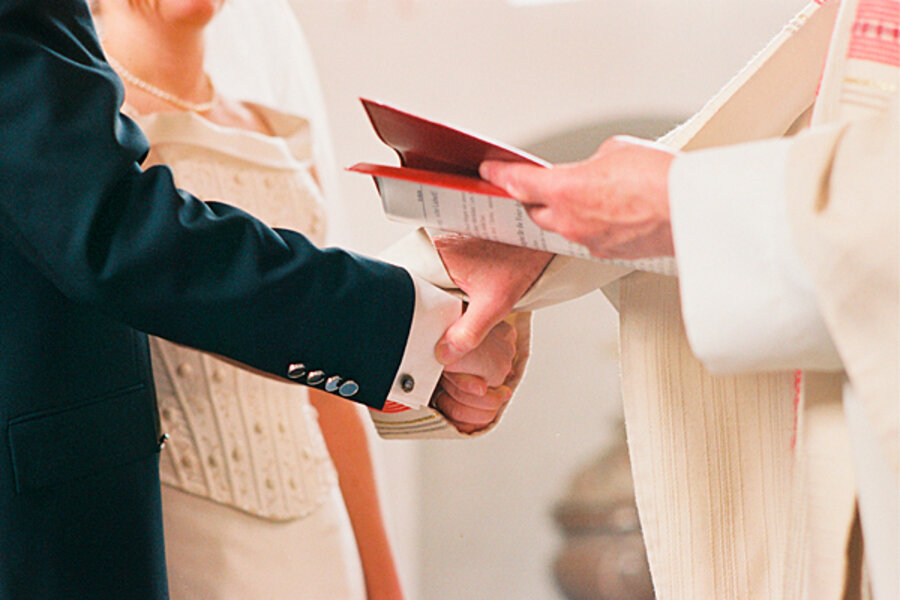Do certain demographic groups enjoy higher marriage rates? “We’ve seen a growing class divide in marriage rates,” says Ms. Coontz. Marriage rates are lowest among poor and poorly educated Americans, and highest among affluent, college educated Americans.
Sociologists attribute the gap to several factors: a decline of blue-collar jobs, which strains existing marriages and prevents potential unions; less religious conviction in marriage as a way of life; and increasing permissiveness among blue-collar Americans (traditionally bulwarks of conservative values) toward divorce, premarital sex, and having children outside marriage.





